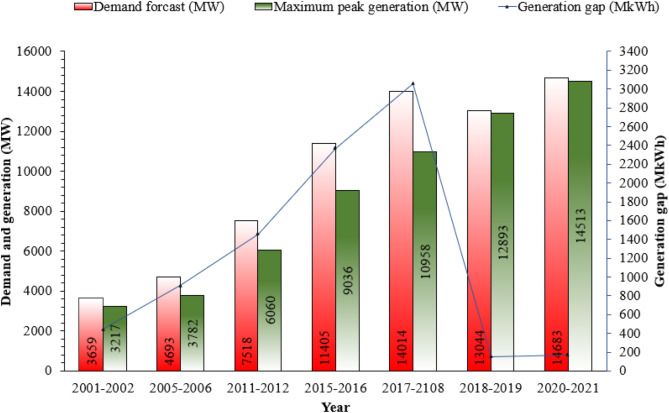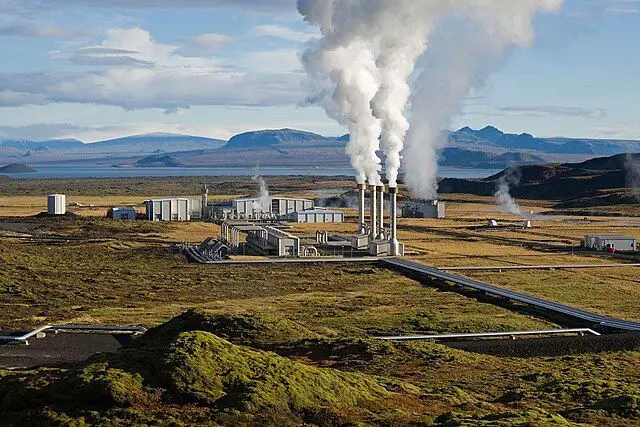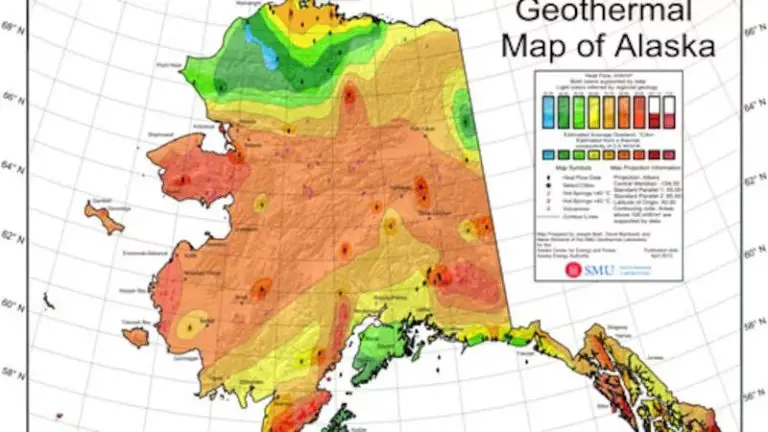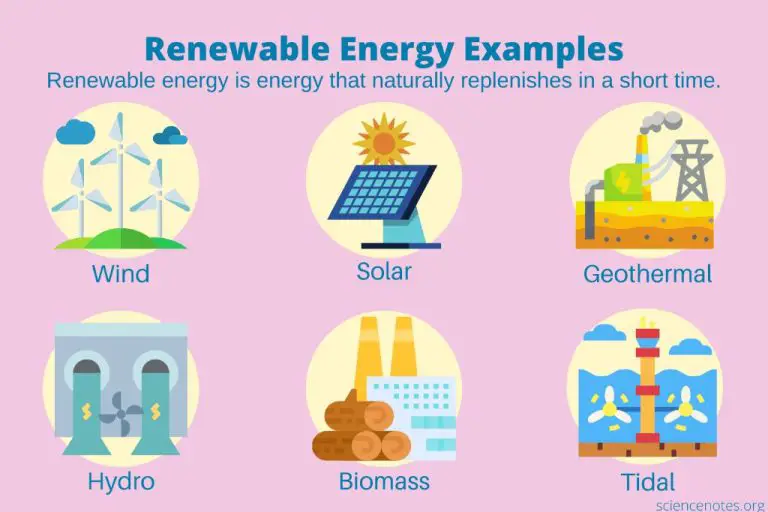Will Geothermal Pay For Itself?
Geothermal energy is heat energy from inside the earth, where high temperatures are continuously produced. The word geothermal comes from the Greek words geo, meaning earth, and therme, meaning heat. Geothermal energy is classified as a renewable energy source because the heat emanating from the interior of the Earth is practically limitless.
There are several ways that people utilize geothermal energy, depending on its temperature and depth below the surface. Typically, wells are drilled into underground reservoirs to tap steam or hot water that can be brought to the surface for heating buildings or generating electricity. Geothermal energy has a small carbon footprint and is not subject to weather fluctuations like wind and solar power.
Using geothermal energy also reduces reliance on fossil fuels, which lowers greenhouse gas emissions. Geothermal systems have long lifetimes compared to other heating and cooling systems. Overall, geothermal energy provides clean, renewable base-load power that is available around the clock.
Upfront Costs
The upfront cost of installing a geothermal heating and cooling system is higher compared to conventional HVAC systems. This is primarily due to the drilling required to install the underground loops. According to ClimateMaster, the total upfront cost for a geothermal system ranges from $18,000 to $30,000 on average for a standard residential system [1]. This is considerably more expensive than a traditional air source heat pump or furnace, which can cost between $5,000 to $15,000 installed.
The bulk of the upfront cost for a geothermal system is from drilling and installing the underground loops. Drilling fees range from $6,000 to $12,000 depending on the depth required and soil conditions. The deeper the drilling, the more expensive it becomes. The geothermal heat pump unit itself ranges from $2,500 to $7,000 depending on the capacity.
While geothermal systems require a significantly higher upfront investment compared to traditional HVAC systems, the long-term energy savings can make up for the higher initial costs over time. Most homeowners take out a home equity loan or use cash savings to cover the upfront costs.
Operational Costs
Geothermal systems have much lower operational costs compared to conventional HVAC systems. According to Dandelion Energy, the average household spends around $300-$600 per year on electricity to operate a geothermal heat pump. This is because geothermal systems use 25-50% less electricity than conventional systems. Long Refrigeration states that geothermal systems can reduce annual heating and cooling costs by 30-70% compared to traditional systems.
In terms of maintenance, geothermal systems have no outdoor condenser unit like conventional air conditioners, so they don’t require seasonal maintenance or cleaning. The buried loop system requires no maintenance either. The only maintenance needed is an annual check of the air filter and proper refrigerant levels, similar to a traditional HVAC system. Overall maintenance costs are estimated at around $100-$150 per year.
Government Incentives
The federal government offers a tax credit that can help offset the costs of installing a geothermal system. The tax credit is equal to 26% of the total costs for equipment and installation through 2024, according to EnergyStar.gov. The tax credit, known as the Residential Renewable Energy Tax Credit, can be claimed on IRS Form 5695 for the tax year when the geothermal system was installed.
In addition to federal tax credits, many states and utility companies offer rebates and incentives for geothermal system installation. These can range from a few hundred to several thousand dollars, depending on the state and utility provider. For example, New York offers a rebate of $5000 per ton of cooling capacity up to $15,000 for residential geothermal heat pump systems, according to WaterFurnace.com.
Taking advantage of all available federal tax credits and state/utility incentives can significantly defray the upfront costs of installing a geothermal heating and cooling system.
Energy Savings
Installing a geothermal system can lead to significant energy savings compared to conventional heating and cooling systems. According to the Government of Manitoba, annual energy savings for homeowners can be reduced from 30% to 70% in heating mode and 20% to 50% in cooling mode compared to conventional HVAC systems (source). The U.S. Department of Energy states that geothermal heat pumps can reduce energy consumption and emissions up to 44% compared to air-source heat pumps and 72% compared to standard air conditioning systems (source). The reduced energy use leads to lower utility bills for homeowners.
Geothermal systems are more efficient because they leverage the constant temperatures of the earth to provide heating and cooling. This allows them to operate with much less electricity than conventional systems that rely solely on power-intensive components like compressors. The stable ground temperatures mean the geothermal system doesn’t have to work as hard to heat or cool. This translates into direct savings on monthly heating and cooling bills for homeowners.
System Lifespan
Geothermal systems are designed to last for decades when properly installed and maintained. The underground loop portion typically lasts 50-100 years. With regular maintenance, the heat pump unit itself can last 20-25 years. Some manufacturers provide warranties up to 10 years on parts and labor. So while the upfront cost of geothermal is higher than some other HVAC systems, the long lifespan means you’ll get decades of reliable performance out of your investment.
Compared to traditional systems like furnaces or air conditioners that need replacing every 10-15 years, geothermal has a clear lifespan advantage. Factor in potential repairs and replacements for conventional systems, and the lifetime costs start to favor geothermal even more. Proper installation by an experienced contractor and ongoing maintenance are key to maximizing the lifespan of your geothermal system.
Home Resale Value
Installing a geothermal heating and cooling system can potentially increase the value of your home when you go to sell it. However, the added value may depend on several factors.
According to Mansion Global, a geothermal system may not directly lead to a quantifiable increase in a home’s value. The condition, quality, and lifespan remaining of the geothermal system will impact how much value it adds in the eyes of potential buyers.
As noted by Hydron Module, installing an average geothermal heating and cooling system can potentially increase a home’s value by around $28,840. However, the home market conditions in your local area will impact the added resale value.
The energy efficiency and potential cost savings of a geothermal system over the long term can be attractive selling points. But the system needs to be well-maintained and have significant useful life remaining to maximize the value boost when reselling your home.
Payback Period
The payback period for a geothermal heat pump system refers to the number of years it takes to recoup the upfront installation costs through energy savings. According to the Department of Energy, the typical payback period for a geothermal system is 5-10 years.
The payback period can vary substantially depending on factors like your location, system size, energy costs in your area, and available tax credits and rebates. In general, areas with high electricity rates and/or high heating/cooling demands will have faster payback periods of 5-7 years. Cooling-focused climates like the southern U.S. also tend to have quicker payback times.
One analysis estimates that if you save $1,617 annually on energy and $1,000 on hot water and maintenance, the payback period would be around 14 years given typical installation costs (Esquire). However, incentives like the 30% federal tax credit can greatly accelerate payback periods.
While geothermal systems require substantial upfront investment, the long-term energy savings mean most systems pay for themselves within their 25-50 year lifespan. Focusing on the payback period helps homeowners quantify the long-term financial benefits of installing a geothermal heat pump.
CO2 Emissions Reduction
One of the biggest benefits of geothermal energy is its extremely low carbon footprint compared to fossil fuel power plants. According to the U.S. Department of Energy, using geothermal for electricity produces only about one-sixth of the carbon dioxide of a natural gas power plant, and little—if any—nitrous oxide or sulfur dioxide. They estimate geothermal plants emit just 18 grams of CO2 per kWh, whereas coal plants emit over 2,000 grams per kWh (source).
A 1999 study by the U.S. Department of Energy’s National Renewable Energy Laboratory directly compared emissions from geothermal and fossil fuel plants. They found that on average, geothermal plants emit just 0.18 pounds of CO2 per kWh, compared to 2.13 for coal, 1.56 for petroleum, and 1.44 for natural gas (source).
This massive difference in emissions makes geothermal an excellent renewable alternative to natural gas for providing baseload power or home heating. Geothermal systems have no combustion, so they generate no direct emissions. Even when accounting for indirect emissions from construction and materials, geothermal has a tiny carbon footprint compared to fossil fuels.
Conclusion
To summarize, installing a geothermal heating and cooling system requires a significant upfront investment that can range from $20,000 to $30,000 for the average home. However, geothermal systems provide considerable operational savings compared to conventional HVAC systems, with some estimates putting the savings at up to 70% on annual heating and cooling costs. Factoring in additional incentives like tax credits and rebates can reduce the payback period to between 5-10 years. Over the lifespan of a geothermal system, which can exceed 25 years with proper maintenance, most homeowners do see a positive return on their investment in the form of energy savings. There are also added benefits like increased home resale value and reduced carbon emissions. While geothermal systems have higher upfront costs, the long-term savings and environmental benefits make them a smart investment for many homeowners. Carefully evaluating the costs and estimated payback period can help determine if geothermal is the right choice.






